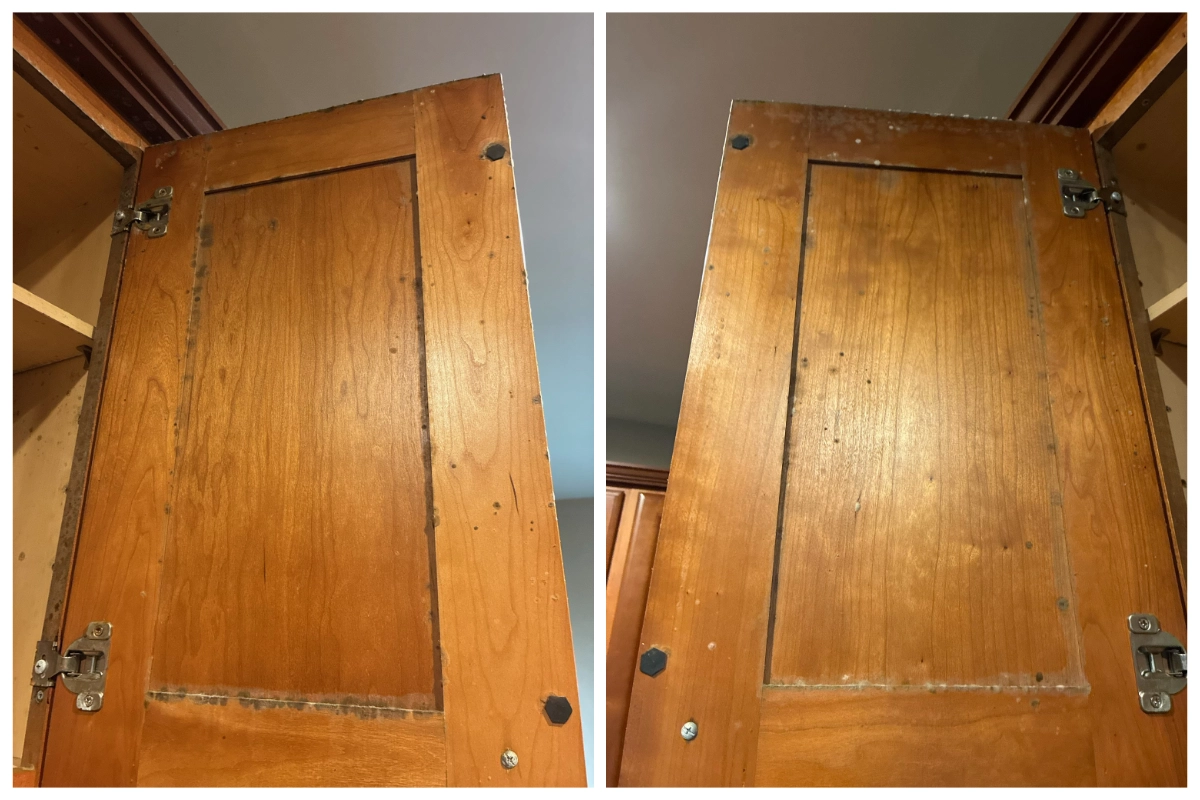Common Materials Mold Grows On in Your Home
At Ensign Building Solutions, we often remind homeowners that moisture is the number one enemy of any home. It doesn’t just damage the structure — it also creates the ideal environment for mold growth.
Mold spores are everywhere, but they only become a problem when they find what they need to grow: moisture, oxygen, and organic material. Many common materials inside a home provide the perfect food source for mold once moisture is present.
Let’s explore some of the most common materials where mold can grow — and what their presence might tell you about underlying moisture issues.
Common Household Materials Where Mold Thrives
1. Wood and Lumber
Wood is one of the most mold-prone materials in your home. Being organic and porous, it easily absorbs moisture, especially in areas with elevated humidity like basements and crawl spaces. These below-grade spaces are surrounded by soil beneath and around the foundation, making them particularly susceptible to moisture seeping in from the ground.
What to look out for:
- The presence of a musty odor in the basement or crawl space
- White chalky growth on lumber
- Discoloration or fuzzy growth on joists or studs
Left untreated, mold can lead to wood rot, weakening the structure over time.
2. Leather and Fabrics
Leather shoes, purses, belts, and even upholstered furniture can become covered with mold in humid conditions. Leather, which is made of animal hide, is a natural material that absorbs moisture from the air, making it an ideal food source for mold when humidity levels stay at approximately 65% or higher.
What this means:
- The air in certain rooms of your home, like closets or basements, is too humid.
- There’s likely poor ventilation or airflow, allowing moisture to linger.
- Your HVAC system may be short-cycling, not running long enough to properly dehumidify.
3. Drywall and Paint
Drywall is made from gypsum, a mineral that mold can easily colonize once it gets damp. Mold often appears behind walls where leaks, condensation, or poor vapor barriers allow moisture to accumulate. Even painted walls aren’t immune as mold can grow beneath or behind the paint, especially in bathrooms or around windows.
What to look for:
- Bubbling or peeling paint
- Dark or discolored patches
- Musty smells, especially after rain or during humid weather
Mold growth on drywall almost always means there’s a hidden moisture issue behind the surface that needs to be identified and corrected.
4. Cabinets and Furniture
Cabinets in kitchens and bathrooms can harbor mold due to their exposure to steam from hot water running, evaporating water from cooking, or from plumbing leaks. Wood-based cabinetry materials such as MDF or plywood are particularly susceptible particularly as they absorb water.
Common causes include:
- Steam buildup from cooking or boiling water
- Leaks under sinks or behind walls
- High indoor humidity due to poor ventilation or improper HVAC balance

5. Tile Grout and Caulking
Bathrooms are among the most common places homeowners spot mold — particularly on grout lines, silicone caulk, or tile surfaces. While these materials themselves aren’t organic, they hold soap residue, skin oils, and organic particles that mold can feed on.
What this means:
- Inadequate ventilation — exhaust fans may not be vented to the exterior or run long enough.
- Excess moisture — hot showers and baths generate humidity that needs to be expelled quickly.
Run your bathroom vent fan during the shower to remove excess moisture as it’s generated. After finishing, continue running the fan for at least 20 minutes to ensure lingering humidity is vented outside. Additionally, wipe down wet surfaces like tiles, glass, and countertops to remove residual water that could otherwise encourage mold and mildew growth.
6. Insulation and Carpet Padding
Insulation in walls or crawl spaces can hold onto moisture if there’s a leak or condensation problem. Similarly, carpet padding can trap dampness after spills or water intrusion, leading to mold underneath the carpet even if the surface appears dry.
Key indicators:
- Persistent musty odors
- Discoloration or dampness under flooring
- Increased allergy or respiratory symptoms indoors
If mold growth is discovered in these materials, replacement is almost always necessary, as it’s extremely difficult to fully clean or dry them once contaminated.
Why Mold Grows on These Materials
Mold needs three basic ingredients:
- Moisture – from leaks, humidity, or condensation
- Food source – organic material like wood, leather, or paper
- Air – the presence of oxygen
When these 3 ingredients combine under the right circumstances, mold spores begin to colonize within 48–72 hours, sometimes even sooner. Of those 3 ingredients, moisture is the only one that we can have some level of control over. That’s why identifying the source of moisture is the most critical step in mold prevention. Whether the issue is water intrusion, high relative humidity, or HVAC imbalances, addressing it at the root is the only way to protect your home and your health.
Protecting Your Home from Mold
If you’ve noticed mold growing on materials like leather, wood, cabinets, or drywall, don’t just clean the surface — find out why it’s growing in the first place.
At Ensign Building Solutions, we use a building science approach to identify moisture problems at their source and recommend solutions that create a healthier indoor environment.
Concerned about mold or unexplained musty odors in your home? Contact Ensign Building Solutions for a professional inspection and comprehensive moisture assessment.








